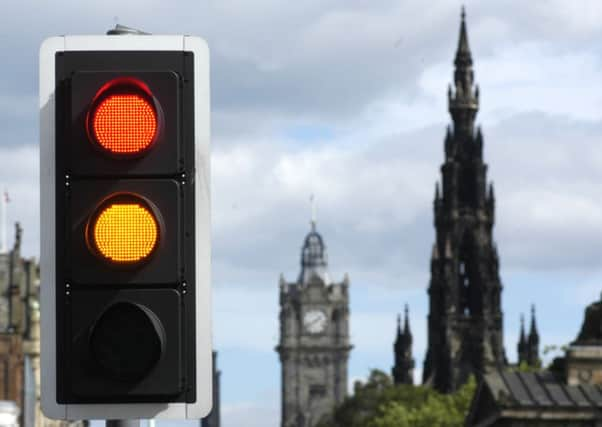Student invents new traffic lights to combat climate change
This article contains affiliate links. We may earn a small commission on items purchased through this article, but that does not affect our editorial judgement.


Hitmi Al-Hitmi wants to tackle the issue of climate change by cutting down the amount of time vehicles end up idling at the lights pumping harmful exhaust fumes into the atmosphere.
The University of Aberdeen student has already won a top environmental award for his work in the field and is now trialling his super efficient system with the Qatari Government.
Advertisement
Hide AdAdvertisement
Hide AdThe concept, which is based around complex algorithms and formulas to optimise traffic light timings, also aims to reduce the chances of an accident happening at a junction.
Hitmi said the inspiration for the idea came from his belief that it is unrealistic to expect the majority of people to stop using their cars for environmental reasons.
He said: “I wanted to find a simple, alternative traffic solution that helps the environment but does not require the levels of investment, maintenance or energy that may discourage poorer countries from using it.
“I am currently in discussions with the Qatari Government and a number of other countries who are interested using the system, and while it will need to undergo more trials I am confident that it has the potential to be the most efficient traffic lights system anywhere in the world.”
Hitmi’s study used a typical traffic light in Qatar as an example.
By applying two different systems to the traffic light he worked out that massive savings in terms of CO2 releases could be made by getting the traffic light to achieve the “optimum time”.
Hitmi, who is about to graduate, said: “The system works by using a combination of formulas and algorithms that I developed, which is applied to the operation of the copper sensor wires and silicon nanophotonic chips that are used in the operation of traffic lights worldwide.
“I tested my method against a traffic light operated by a leading traffic solutions provider, and the results went way beyond my expectations, with nearly a 40 per cent reduction in traffic build-up and a CO2 saving of 470kg per traffic light cycle.
Advertisement
Hide AdAdvertisement
Hide Ad“Not only this, but there was a reduction in the number of accidents resulting from cars running through the red light, and a reduction in the number of cars getting stuck in the yellow box junction.”
DOWNLOAD THE SCOTSMAN APP ON ITUNES OR GOOGLE PLAY